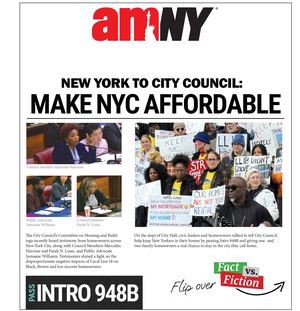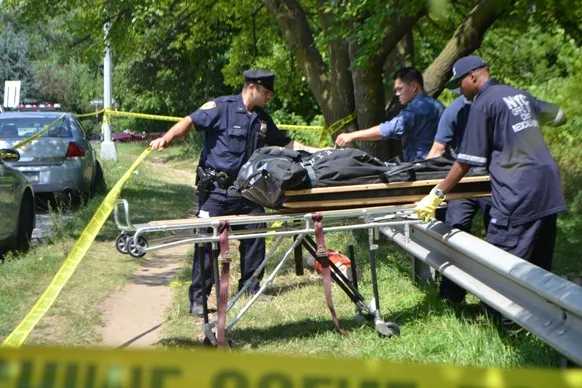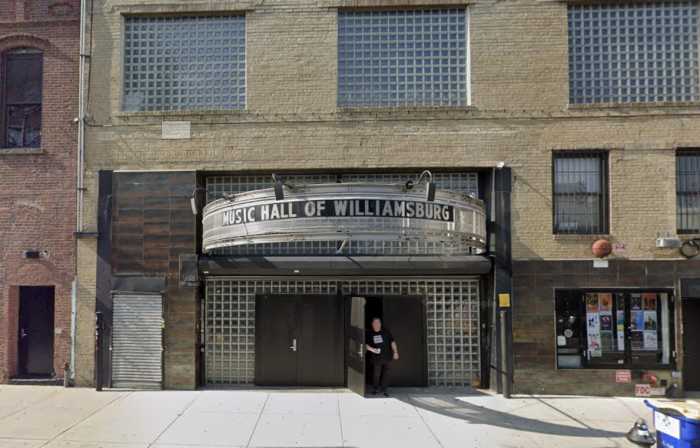Two particularly disturbing numbers stand out from this year’s “State of the Homeless” report from advocacy group Coalition for the Homeless.
The first is what the coalition cited as an alarming record high hit by NYC in January: For that month, an average of 63,839 people slept in city shelters each night.
To put that number in perspective: If you filled up Yankee Stadium with all of them, you’d still have 16,000 more people to squeeze onto the field.
If the full population wanted to go to Madison Square Garden, they’d fill it for three basketball games.
This number doesn’t include the street homeless or every shelter in the five boroughs, but the coalition says it’s an all-time high since the early 1980s.
The other disturbing number is 49,501. That’s the projected nightly shelter census that the coalition hopes the city can dip down to by 2022. It’s a dismal best-case scenario, and the coalition thinks that even that small improvement will be achieved only if Mayor Bill de Blasio and Gov. Andrew Cuomo make big policy changes.
Without those big changes? The numbers could go up.
Besides the fact that so many people have to rely on shelters, the report also goes into the depressing litany of what’s wrong with the facilities. That includes mold, flies, roaches and a lack of working showers. Those who are lucky enough to find a decent bed might do so only after being shuttled to the spot in the middle of the night.
City officials say they have improved shelter conditions with more funding. They say that some homeless policies have had an effect, pointing to potentially hopeful average monthly shelter census numbers, which their data show have been mostly flat for the past two years.
The city and state have made some commitments to affordable and supportive housing, which include services to help individuals stay in homes. Thousands of people have been housed. But the new units that are emerging — a few thousand out of the 15,000 that the city promised by 2030, for example — are still woefully insufficient given the scale of the crisis.
The need is urgent.




































